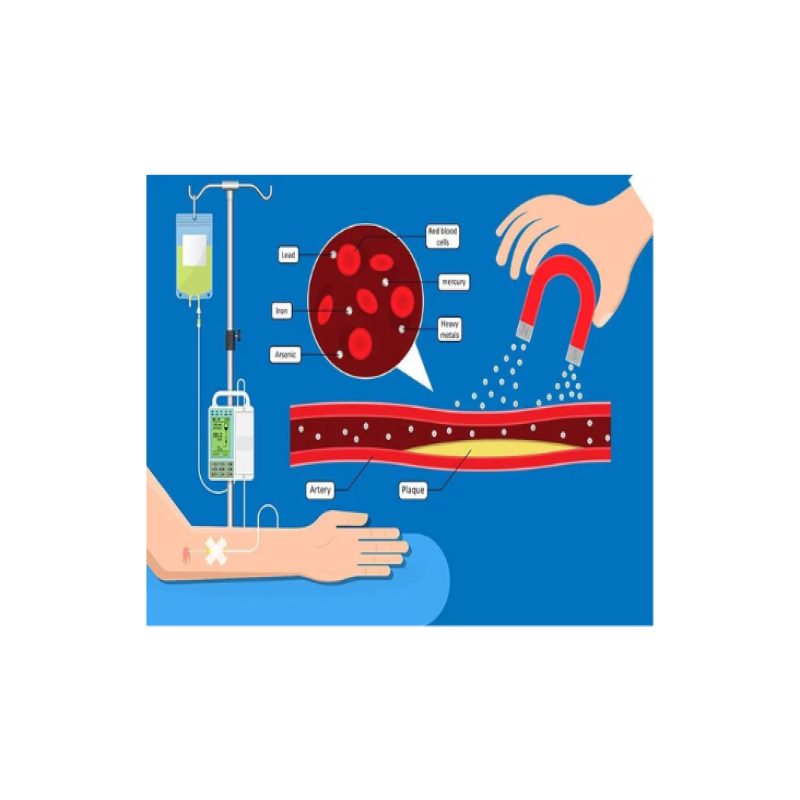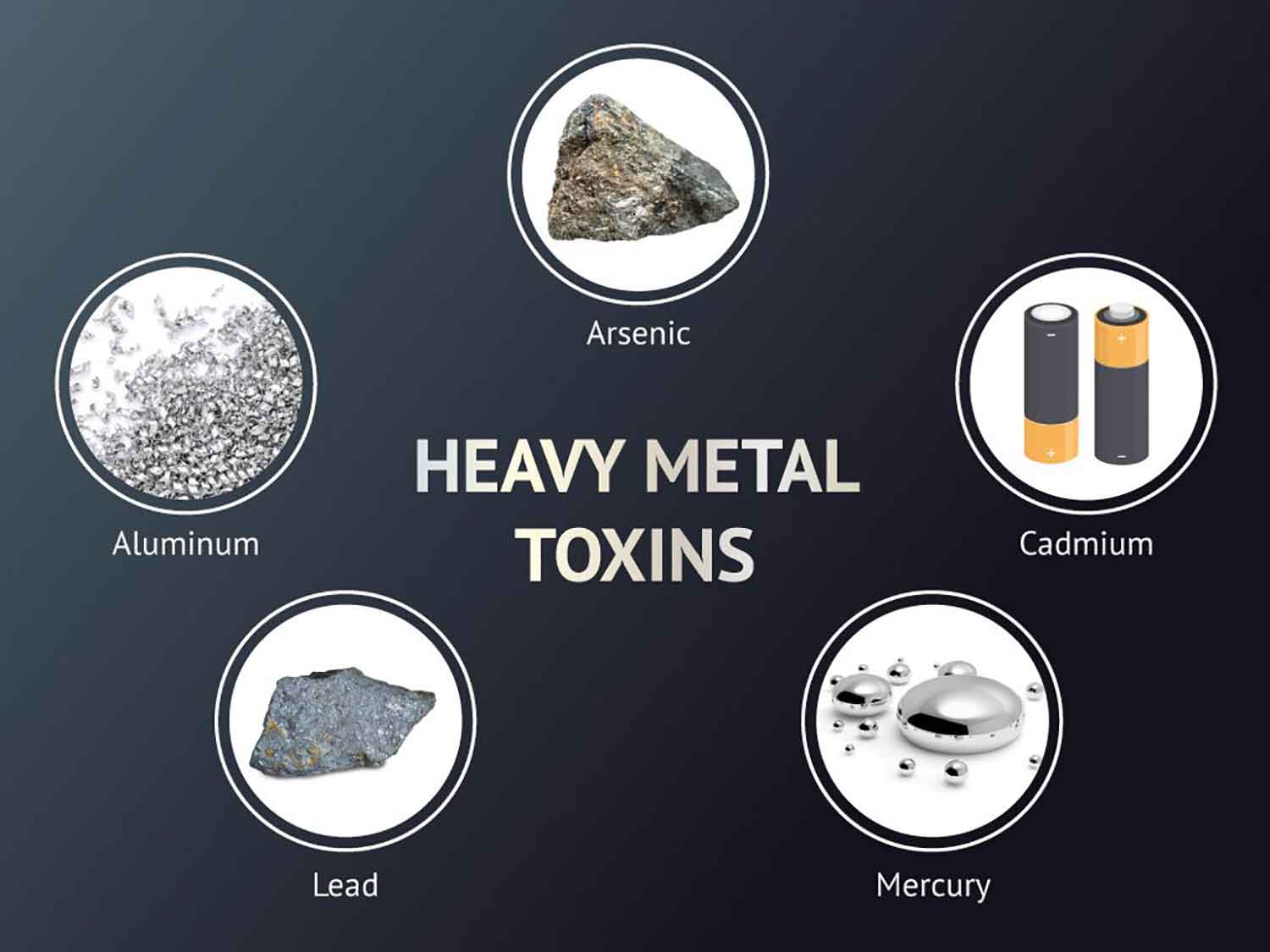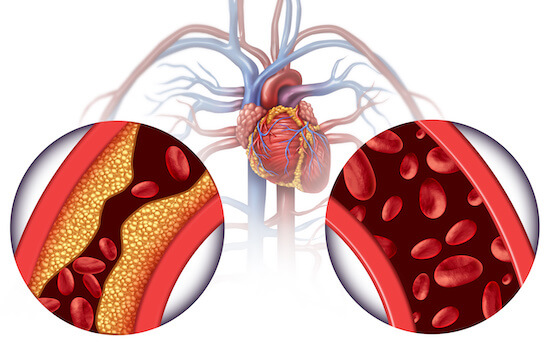
Autistic people have a limited ability to talk and connect with others and repetitive behaviors that highly affect their socialization capacity. Genetic factors play an important role in ASD development, as do environmental factors.
A pharmacological approach helps with symptoms associated with restricted or repetitive behavior issues.
75% of autistic people often opt for complementary and alternative medicines (CAM) such as exclusion diets, essential fatty acids, multivitamins, acupuncture, and chelation therapy. In this blog, we discuss the role of chelation in autism spectrum disorder (ASD).
Chelation is an age-old, debatable, yet effective treatment procedure used by alternate healthcare professionals for autism and several other medical conditions, including heart disease, dementia (memory loss and confusion), and diabetes.

What exactly is Chelation Therapy?
It uses medications to remove heavy metals like mercury, arsenic, mercury, and iron, as their over-accumulation in our bodies is considered toxic and makes us unwell.
Let us see how chelation works before discussing its unconventional benefits and risks.
How is it done?
- Chelation treatment involves certain medicines that bind to metals in your blood to form a complex that gets eliminated through urine.
- The chelating drug can be injected with a needle or taken as a pill.
- But, before that, your doctor will do a blood or urine test to confirm heavy metal poisoning and explain the categories of chelating agents that suit your specific case.

Some Common Chelating Agents
- EDTA stands for Ethylene Diamine Tetra Acetic acid (Approved by the US Food Drug Administration)
- Dimercaprol or BAL got modified into DMSA (Succimer) and DMSP (experimental status in the FDA).
- ALA is also a dietary supplement.
Now, look at how different systems of medicine use chelation.
Chelation in Ayurveda
- In the Ayurvedic system of medicine, drugs are prepared from different origins (herbs, animals, and metals) to treat diseases.
- The metals used in medicines undergo a detoxification process before drug preparation.
- In cases of toxicity, natural chelating agents or antidotes get rid of toxicity, which may be termed chelation therapy in Ayurveda.
- Herb drinks like Triphala decoction, foods like honey and cow’s milk, or even minerals and metals like sulfur act as chelating agents or antidotes, according to Rasa Shastra.

Did You Know?
Chelation therapy, when used appropriately and under the guidance of healthcare professionals, has been reported to show success in removing heavy metals from the blood, such as lead, arsenic, mercury, and iron, which may be linked to certain symptoms of ASD.
Heavy Metal Poisoning
- Metals are a naturally occurring component of our environment. We walk around with very little metal in our bodies.
- Today, we get exposed to metals and minerals, from food, water, air, and commercial products to the medicines we use and consume.
- Poisoning symptoms depend on the chemical substance, dose, route of exposure, and other individual factors like age, gender, genetics, etc.
- However, if left untreated, renal issues, allergies, and nutritional and mineral shortages occur.

How is Heavy Metal Poisoning Associated with Autistic Symptoms?
- Many types of research, including decades of lead and child IQ studies, reveal a connection between harmful environmental exposures and lower brain development results.
- Air pollution in pregnant women and their infants shortly after birth (in big cities) has been linked to autism.
- Everyday products contain pesticides, phthalates, polychlorinated biphenyls, solvents, air pollutants, fragrances, glyphosate, heavy metals, and aluminum.
- Some childhood vaccines contain thimerosal (a mercury preservative).
- The link exists between these toxic chemical substances and ASD features and biomarkers, and vice versa.
Now, put your thinking cap on!
There is a link between severe autistic symptoms with heavy metal poisoning. Perhaps, removing them through chelation to improve those symptoms seems like a fitting choice, right?
Effectiveness of the Chelation When Done Right
- Chelation treatment is a highly successful method for removing heavy metals from the blood, including lead, arsenic, mercury, iron, copper, and nickel.
- Drug labels report chelation therapy as a successful remedy for acute and greater-exposure poisoning.
- According to drug labels and authors’ reviews, the chelating agent DMSA undoes the gastrointestinal and neurological symptoms of lead poisoning.
- They also reported mercury poisoning recovery and huge neurological improvements with DMPS in people with mercury poisoning.
- EDTA for lead poisoning improves heart diseases like angina and gives a 50% improvement in kidney symptoms in diabetic individuals in 3 months.

Risks Associated with Chelation
Dehydration, low blood calcium levels, increased enzymes in the liver (LFT), allergic reactions, and, in extreme cases, even kidney damage, cancer, or death can occur if not used properly.
Combating Potential Risks by Taking Necessary Precautions
The adverse effects of medicines are not new. Therefore, physicians will not recommend it without consultation, agree?
Severe side effects caused by toxic metal reform and a lack of secreting systems in past clinical studies led some clinicians to choose random testing in weak patients. Combination treatment methods increase metal mobilization from the body, lower dosages, and reduce harmful metal redistribution from one area (e.g., bone or liver) to another, such as the brain.
Antioxidant supplements, substances with thiol groups, and chelating agents improve heavy metal movement and excretion. To aid in mobilization and excretion, medicinal chelating agents may be explored. Mobilization must equal excretion during chelation treatment; enough water and bowel regularity is crucial.
Observations by parents, caretakers, and patients can help direct the therapy. Treating individual poisonings with a chelating substance before and after urine sample tests (repeated twice or thrice in the case of multiple poisonings) would help future chelation trial tests and therapy.
Testing urine before and after giving a chelating drug was used as the standard for past trials involving autistic children, but without necessary precautions.
Take Away
The great challenge lies with healthcare providers who treat chronic diseases like autism with low-metal poisoning. The complex clinical conditions of such individuals (since the cause is multifactorial) demand several therapy techniques. Individualized therapy is given based on the best available data, clinical judgment, and patient preference to aim for more benefit and less risk. Chelation therapy should start with a lower dose and change according to the personal response. Chelation techniques assess and resolve toxic metal accumulation. It is a low-cost, safe medicine that addresses significant underlying reasons for the most expensive and widespread chronic illnesses in recent years. In the end, more evidence would allow for more effective implementation of chelation.
Frequently Asked Questions (FAQs)
1. What is chelation therapy?
Ans: Chelation therapy is a treatment procedure that involves the use of specific medications to bind to and remove heavy metals from the blood. It is often used as an alternative approach to address heavy metal toxicity and its potential impact on health conditions like ASD.
2. How does heavy metal poisoning relate to autism symptoms?
Ans: Research suggests a connection between exposure to toxic chemicals, including heavy metals, and the development of certain features and biomarkers associated with ASD. While the exact relationship is complex and multifactorial, it highlights the need to explore potential interventions like chelation therapy.
3. What are the potential benefits of chelation therapy in ASD?
Ans: Chelation therapy, when performed correctly, has shown promise in removing heavy metals from the body and improving symptoms associated with heavy metal poisoning. Some reports indicate neurological improvements and symptom alleviation in individuals with ASD who undergo chelation therapy.
4. Are there risks associated with chelation therapy?
Ans: Like any medical intervention, chelation therapy carries risks if not used properly. Potential side effects may include dehydration, low blood calcium levels, liver enzyme abnormalities, allergic reactions, and, in severe cases, kidney damage or other serious complications. It is important to approach chelation therapy under the guidance of healthcare professionals to minimize risks.


.png)


